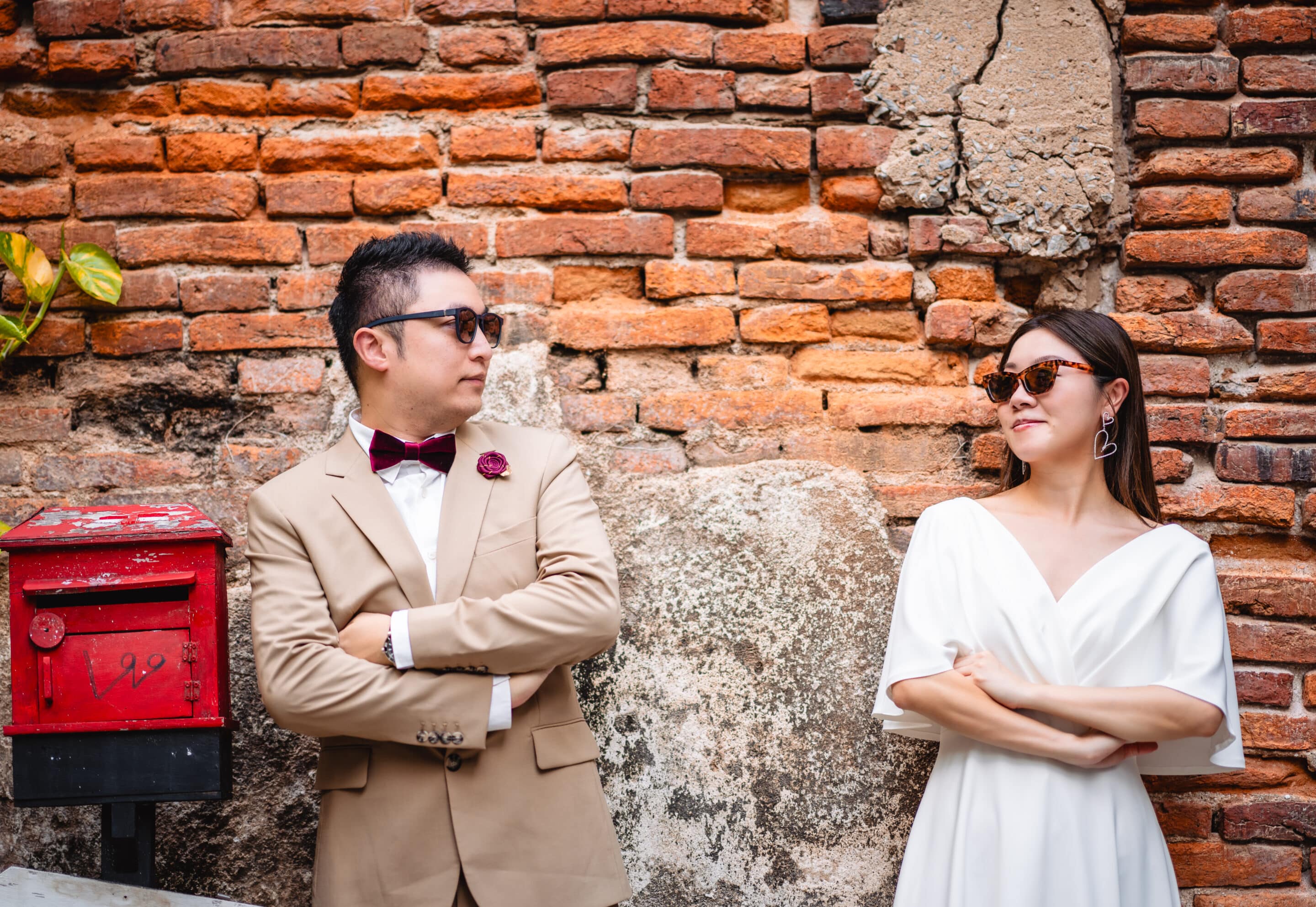As a Bangkok photographer with a deep love for the vibrant streets and rich cultural heritage of this city, I have come to understand the vital role that street photography can play in preserving and celebrating the unique traditions, customs, and ways of life that define our communities. In a rapidly changing world, where globalization and modernization often threaten to erase the distinctive character and history of our cities and towns, street photography offers a powerful tool for documenting and safeguarding the cultural treasures that make each place special. In this article, we’ll explore the ways in which street photography can help to preserve culture and heritage, and discuss some strategies for using this genre to create a lasting visual record of the people, places, and practices that shape our collective identity.
Capturing the Essence of a Place:
One of the most important ways that street photography can contribute to the preservation of culture and heritage is by capturing the unique essence and character of a particular place. Every city, town, or neighborhood has its own distinct personality, shaped by factors like history, geography, architecture, language, cuisine, and social norms. By using our cameras to document the everyday scenes, interactions, and details that define these places, we can create a rich and layered portrait that goes beyond the surface-level stereotypes and clichés.
This means being attentive to the small, often overlooked elements that give a place its texture and depth – the way people dress and move, the signs and symbols that adorn the streets, the sounds and smells that fill the air. It also means being willing to venture beyond the well-trodden tourist paths and explore the hidden corners and back alleys where the true heart of a community often lies.
Documenting Traditional Practices and Customs:
Another key way that street photography can help to preserve culture and heritage is by documenting the traditional practices, customs, and rituals that are often at risk of being lost or forgotten in the face of modernization and change. From religious festivals and ceremonies to arts and crafts, music and dance, and culinary traditions, every culture has its own unique set of practices that have been passed down through generations and that continue to shape the identity and values of the community.
As street photographers, we have the opportunity to capture these practices in action, to create a visual record that can be shared and studied by future generations. This means being respectful and sensitive to the cultural context in which we are working, and taking the time to learn about the significance and meaning behind the practices we are documenting. It also means being willing to collaborate with and learn from the people who are the keepers and practitioners of these traditions, and using our images to amplify their voices and stories.
Celebrating Diversity and Inclusion:
Street photography can also play an important role in preserving culture and heritage by celebrating the diversity and inclusion that are often at the heart of our communities. In a world that is increasingly divided and polarized, it is more important than ever to use our cameras to document and celebrate the ways in which people from different backgrounds, cultures, and identities come together to create vibrant, multicultural spaces.
This means being attentive to the intersections and overlaps between different cultural traditions and practices, and using our images to highlight the ways in which diversity enriches and strengthens our communities. It also means being willing to challenge our own biases and assumptions, and to use our privilege and platform as photographers to amplify the voices and experiences of marginalized or underrepresented groups.
Creating a Visual Archive:
Perhaps the most tangible way that street photography can contribute to the preservation of culture and heritage is by creating a visual archive that can be accessed and studied by future generations. In a world where digital technology has made it easier than ever to create and share images, we have the opportunity to build a vast and diverse collection of photographs that document the people, places, and practices that define our communities.
This means being intentional and strategic about how we organize, store, and share our images, and thinking about the long-term impact and accessibility of our work. It also means collaborating with cultural institutions, archives, and community organizations to ensure that our images are preserved and made available to researchers, educators, and the public.
Engaging with the Community:
Of course, preserving culture and heritage through street photography is not just about taking pictures – it is also about engaging with the community and building relationships of trust, respect, and collaboration. This means being open and transparent about our intentions as photographers, and taking the time to listen to and learn from the people whose lives and stories we are documenting.
It also means being willing to share our work with the community, and using our images to spark dialogue, reflection, and action around issues of cultural preservation and social change. By creating a two-way exchange between photographers and the people we photograph, we can help to build a more inclusive, participatory, and sustainable approach to cultural heritage.
As a Bangkok photographer and street photography enthusiast, I believe that this genre offers a powerful and essential tool for preserving and celebrating the rich cultural heritage of our communities. By capturing the essence of a place, documenting traditional practices and customs, celebrating diversity and inclusion, creating a visual archive, and engaging with the community, we can use our cameras to create a lasting record of the people, places, and practices that shape our collective identity.
Of course, this is not always an easy or straightforward process, and requires a deep commitment to cultural sensitivity, ethical practice, and community engagement. But for those of us who are passionate about using photography as a means of social and cultural preservation, the rewards can be immeasurable.
So the next time you step out onto the streets with your camera, remember that you are not just taking pictures – you are also helping to preserve and celebrate the cultural treasures that make each place unique and special. By approaching your work with respect, curiosity, and a willingness to learn and collaborate, you can create images that not only document the present, but also help to shape the future of our shared cultural heritage.


